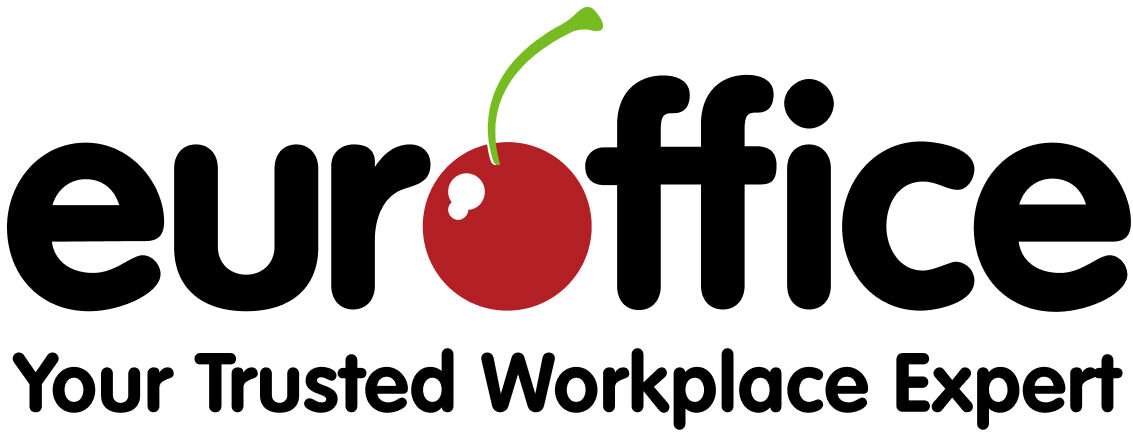We’ve found a wonderful little archive of information about life in a 1950s office. It’s all about a young woman called Jean who started her working life in a smart shop and emporium in Olney, Buckinghamshire, when she was 15.
While these are just one woman’s experiences, they give us a real insight into how provincial offices worked just a few decades ago and a chance to compare it with office life today in 21st Century (it still feels weird typing that).
There’s a lot of wonderful history to read in the accounts and you’ll realise how things have changed in 50 years or so.
We’ve summarised a few points here, but you should definitely go and read the stories for yourself.
Then and now:
The floor plan
Although this was in 1958, Jean’s story sounds like something out of Charles Dickens. Today we’re used to open plan offices where we can see all of our colleagues and line managers sitting on the same level (with the boss sometimes sequestered away in a glass-walled cubicle, so even they stay in plain view).
For Jean, things were quite different. The office manager and his staff were literally above the workers. They had their own special high chairs and sat a taller desk than anyone else.
Go back a few decades more and the Daily Mail has some wonderful photos of a 1920s office in Derby. There’s a lot that feels familiar; in-and-out letter trays, family photos and desk calendars. Apart from the fashion and lack of computers, it could be any modern office. (The high chairs are probably out of shot.)
Tea Breaks
Maybe this is because Jean worked in the back office of a shop, but there were no tea or coffee breaks. None. There wasn’t even anywhere for staff to make a cuppa. These days offices don’t just have entire kitchens, they’ve probably got vending machines to boot. Back then Jean had to bring her own flasks of hot drinks.
Some things never change, though. If you have guests in a modern office, you’ll pop to the local café or supermarket or sandwich place to order in treats of goodies. (If you’re in central London, that might also include things like sushi or tapas.)
When VIPs visited Jean’s office, she was despatched to the local team room. If that was shut, he had to go to a café (which has now become a chip shop).
Communication
Tweet, beep, flibble, ping! Ahh, the sound of incoming messages, notifications and selfies. (I’m down with all the lingo). Today’s office worker is available 24-hours and can contact anyone in their company instantly, no matter where each party is in the world.
Back in Olden Day Olney, things were quite different. Jean was responsible for answering the phone and had two lines to deal with Olney 213 and 217. But what are these numbers?
From what I understand, the way phones back then worked is that callers would speak to an operator at a named exchange, who would then manually – by plugging in cables on the switchboard – connect the caller to the desired number within that exchange’s area. (That’s why you’ll see people in old films picking up a phone and saying things like ‘Hastings 1234, please’.)
Jean’s business had an in-house operator who could divert a call to different parts of the company. They had to turn a crank to use the exchange.
As an aside, it seems that getting a job in an exchange might have been a decent job for a young woman in the 50s and 60s. However you’d have to be at least 4’6” to apply. Also, you had to sound like you’re an escapee from a BBC voice-training camp.
As simplistic as this phone system might seem, when it was phased out in the late 1960s, the public still needed to be given leaflets explaining what changes were coming in. (And if you’re a Londoner, you’ll remember the fuss about going from 01 to 0207).
Technology
Oh, Excel, from hell’s heart I stab at thee. All tables and cells, formulae and fumbles. Wrong-pressed buttons and jumbled numbers.
I think we can all agree that, even today, keeping sales records and duplicating files – having to copy them in to people over email or upload them to the cloud – is a pain in the high chair. But – but! – at least we don’t have to write everything out by hand.
Offices in the 1950s and 60s would have multiple ledgers to track sales in different places and maintain a careful record of transactions for account customers, keeping a duplicate of each sale for safety. Once everything was accounted for, this information would then be transferred to… more ledgers. And in Jean’s company, everything had to balance to the nearest half-penny.
Of course there weren’t any computers in offices back then, at least not for SMEs, so if records weren’t written by hand, they’d have to be bashed out on a typewriter. If you’ve ever used one of those beasts, you’ll understand that typing was part precision, part percussion. Go too fast and you risked jamming the machine up – strike the keys too softly and you wouldn’t get a crisp character.
What’s more, Jean had to lick the stamps for any accounts that had to be posted to customers.
Not much had changed by the 1970s for women in the office. When 19-year-old Sarah Shaw started her first job working for a branch of the BBC in 1971, secretaries typed successive drafts of documents on manual typewriters. They then checked them by reading the text out loud to each other (imagine that happening in the office today).
And before there were printers there was the mimeograph. So when they needed multiple copies of documents, secretaries would have to type the document onto stencils, which were sent for copying on these contraptions. (I found a video of one and it looks like something you’d find in an industrial kitchen for making sheets of pasta.)
BBC secretaries still had to call their bosses Miss and Mr., but at least they didn’t have to lick their stamps for them. I can’t even imagine what the modern of equivalent of this would be – stirring your bosses’ coffee while she holds it?
If you get a chance, please take a few minutes and leave a review for us on Trust Pilot and/or Review Centre
Previously on The Euroffice Blog…






